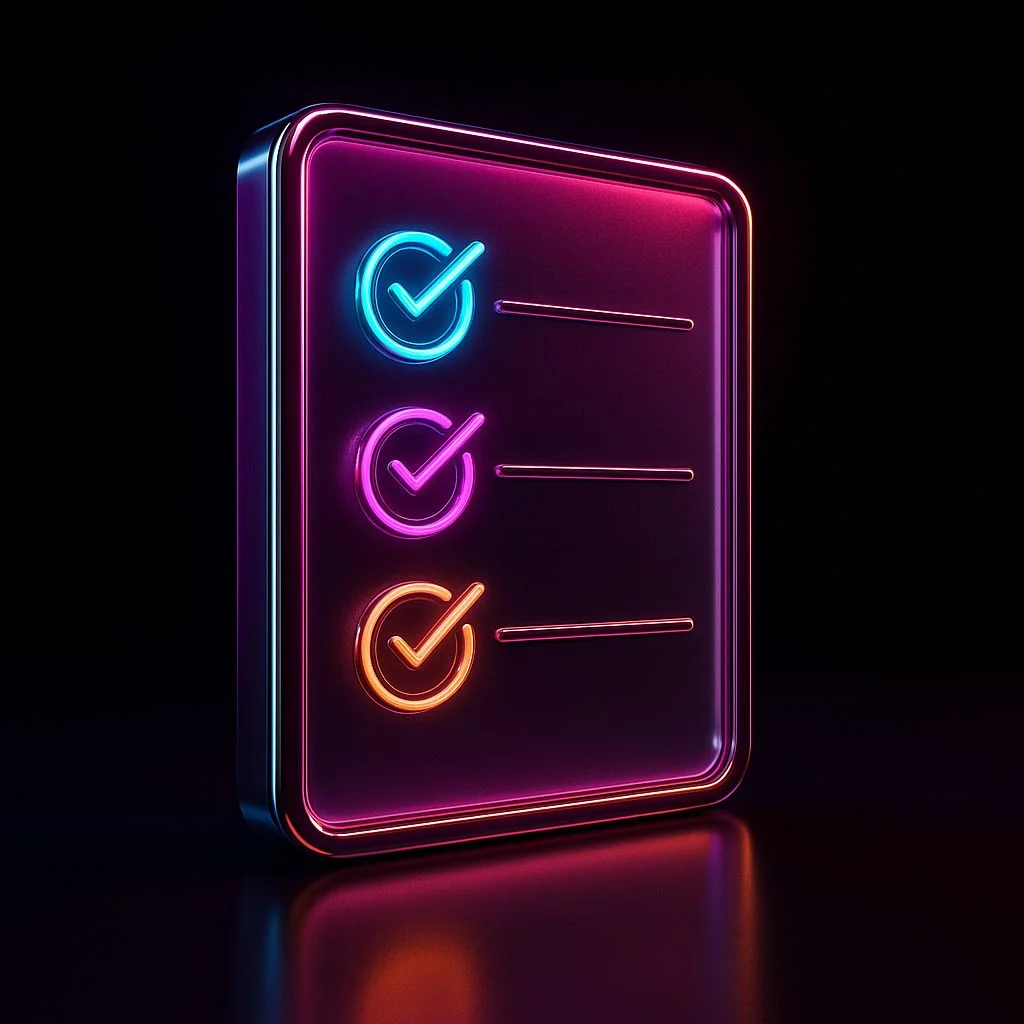In-app guides are an incredibly powerful tool to connect with, understand, and influence your customers. They give software companies a no code, high-fidelity way to reach their users directly inside their product. Teams across the organization can use guides to build personalized onboarding experiences, provide support right within the product, educate new users, and so much more.
But with great power comes great responsibility.
Building an effective in-app guide campaign requires planning, strategy, and intentionality. Without a clear purpose or intended audience, guides can fall on deaf ears or—even worse—frustrate and distract users.
However, with the right prework, you can build a foundation to launch an effective in-app guide campaign with confidence. Here are some steps to help you get started:
Step #1: Set goals
When it comes to communicating with users in-app, more doesn’t always mean better. As you start to build an overarching guides campaign, your first step should always be to identify its goal. Ask yourself questions such as:
-
- What are you trying to achieve?
- Is in-app the right channel to achieve that goal? (Although we love in-app guides, using them as your only communication channel can quickly overwhelm users who are trying to get a job done!)
- Is the campaign for education, a new launch, or an upsell campaign?
Step #2: Identify your target audience
With your goal in mind, it’s time to make sure the right people see your in-app guides. Start by identifying the right target segment in your product. Guide segments can be built around any data point you think is relevant. You can target a guide to a specific account (e.g. for an upsell campaign), you can target a specific type of organization (e.g. if you’re releasing an enterprise-specific feature), or you could segment by product usage data (e.g. if you’re reporting a bug fix). The possibilities are truly endless.
Without the right audience, even the most beautifully designed guide can be ignored (or worse: become intrusive) when sent to the wrong user group. Establishing your target audience early on will also help inform your guide’s content, which brings us to the next step.
Step #3: Design and style
After those foundational pieces are in place, now comes the fun part: writing and styling the components of your guide.
When writing out a guide’s copy, there are a few key things to consider:
-
- Length: Your users are busy, so shorter is better. Keep your guide copy brief, and use hyperlinks to provide resources where users can find more information.
- Formatting: Just like any other customer-facing asset, consistent spacing and formatting is important for keeping users’ attention. We also recommend using bullet points to help users digest information more easily.
- Clear CTA: Connecting back to the goals you’ve set, define the primary action you want users to take and include a clear call to action. Similarly, make sure users have an easy way to dismiss the guide if they can’t or don’t want to take any action.
Once you know what you need to say, styling and targeting your guide will ensure that the message is presented in the right format, on the right section of the page, in order to get the point across to the end user.
For example, if you’re attempting to provide ongoing education, you can choose a less intrusive guide format (like a tooltip) that lets users self-serve. If you’re launching a new feature, you might want to use a lightbox that grabs users’ focus to make sure they absorb the information.
ガイドの形式や目的についてより詳しく知りたい方は、ガイドショーケースでPendoが提供するさまざまなタイプのガイドをご覧ください。
Step #4: Review and launch
The hard part is over! At this point your guide should be beautifully designed, targeted, and driven by a clear goal. But as with any customer-facing message, a fresh set of eyes is always helpful to catch any last details. We recommend having someone else review your guide. At Pendo, we have a small team that reviews all in-app guides before they are published.
Here are a few review items to run through after creating a guide:
-
- Click through every link on your guide to make sure they work
- For complex, multi-step guides, test each step and buttons to make sure the guide flow logic is correct
- If you have been using a second monitor to create your guide, test on a smaller laptop screen to make sure the sizing works
- Ensure your guide has a dismiss button
Step #5: Measure success
Once you hit “publish,” the work is not over. The most effective in-app guide strategies are iterative. This requires you to measure, adjust, and learn what resonates with your users. Once your guide has run for a set amount of time (we recommend a minimum of one week), it’s time to evaluate its effectiveness. Did your in-app guide influence the goals you set in the beginning?
Depending on the scale and complexity of your in-app campaign, the best way to measure its effectiveness might be on a Pendo dashboard. For example, if you’re launching a new feature, you can measure the engagement of your guides alongside feature usage data to see how the two correlate.
The power of effective in-app guides
While in-app guides are an effective way to communicate with and influence the behavior of your user base, if they aren’t driven by the right (or any) strategy, guides run the risk of becoming a nuisance for users who are in your app to accomplish a specific task. By starting off with a clear goal, audience, and message in mind, you can have confidence in the fact that the message your users receive is the right one.
Ready to build out your own in-app guide strategy? Download this worksheet for a step-by-step on creating a successful in-app campaign.


